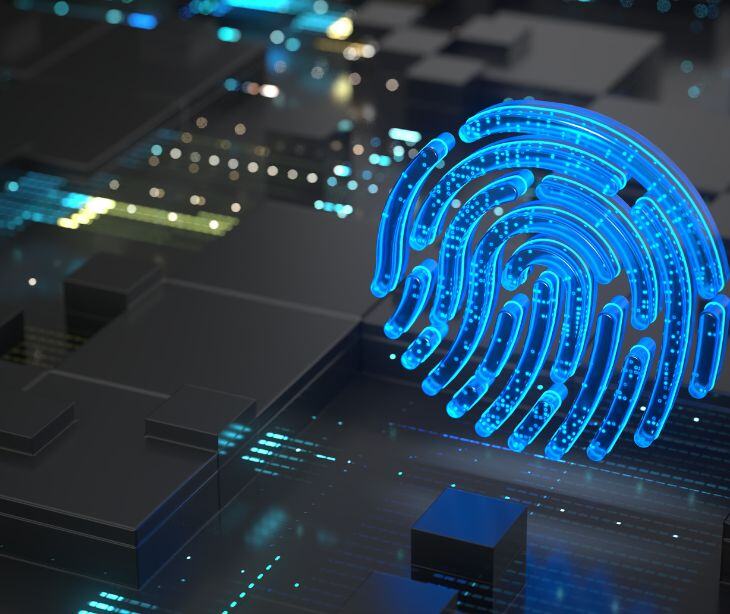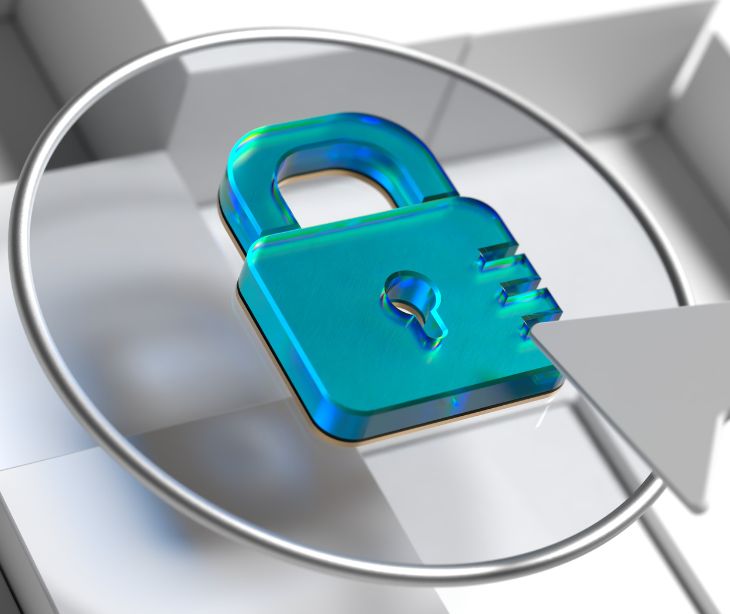
Malware is the colloquial term for "malicious software," and refers to any software intentionally designed to cause damage to a computer, server, client, or computer network. Malware can take many forms, including viruses, worms, trojans, ransomware, spyware, adware, and more.
According to IBM, “Virtually every modern cyberattack involves some type of malware. These harmful programs can range in severity from highly destructive and costly (ransomware) to merely annoying, but otherwise innocuous (adware).”
Nearly 1.2 billion malicious programs and potentially unwanted applications (PUAs) are active online or on computers. It’s estimated as of 2023, that malware played a role in 40% of data breaches–an increase of 30% from 2022.
While malware is common, it’s also diverse. Every individual in healthcare should have a basic idea of what malware is and how it can impact a system, along with answers to basic questions about the topic.
FAQs
How does malware infect a system?
Malware can infect a system through methods including:
- Email attachments: Opening malicious email attachments or clicking links in phishing emails.
- Infected websites: Visiting compromised websites that exploit browser vulnerabilities.
- Downloads: Downloading and installing infected software or apps.
- Removable media: Using infected USB drives or external hard drives.
What are common types of malware?
- Virus: Attaches itself to a clean file and spreads throughout the computer, infecting other files.
- Worm: Spreads across networks by exploiting vulnerabilities, without needing to attach to files.
- Trojan: Disguises itself as legitimate software but performs malicious activities once installed.
- Ransomware: Encrypts files or locks the user out of their system, demanding payment for restoration.
- Spyware: Secretly monitors and collects user information, often for malicious purposes.
- Adware: Displays unwanted advertisements, sometimes leading to further malware infections.
What are the signs of a malware infection?
- Slow performance: The computer or network slows down significantly.
- Frequent crashes: The system crashes or shows error messages more often.
- Unusual behavior: Programs opening or closing automatically, unexpected pop-up ads.
- Unauthorized access: Accounts being accessed or controlled without your permission.
- Data loss: Missing, corrupted, or encrypted files.
How can I protect my system from malware?
- Use antivirus software: Install and regularly update antivirus software.
- Keep software updated: Regularly update your operating system and all installed software.
- Use firewalls: Enable firewalls to block unauthorized access to your system.
- Be cautious with emails: Avoid opening email attachments or clicking on links from unknown sources.
- Download from trusted sources: Only download software from reputable websites.
- Backup data: Regularly back up important data to recover in case of an infection.
See also: HIPAA Compliant Email: The Definitive Guide
What should I do if my system is infected with malware?
- Disconnect from the internet: To prevent the malware from spreading or communicating with its source.
- Enter safe mode: Boot your system in safe mode to prevent malware from loading.
- Run antivirus software: Perform a full system scan using antivirus software to detect and remove the malware.
- Restore from backup: If the infection is severe, consider restoring the system from a clean backup.
- Seek professional help: If you cannot remove the malware, consult a cybersecurity professional.
See also: How do I remove malware?
Can mobile devices get malware?
Yes, mobile devices can get malware. Mobile malware can come from malicious apps, unsafe downloads, and compromised websites. Protect your mobile devices by only downloading apps from official app stores, keeping your OS and apps updated, and being cautious with email and text messages.
How does malware spread?
Malware spreads through methods like email attachments, malicious downloads, and compromised websites. Cybercriminals use phishing emails to trick users into opening infected attachments or clicking on malicious links. Visiting compromised websites can exploit browser vulnerabilities and download malware onto a system.
Malware also spreads through infected software downloads, especially from untrusted sources. Removable media, like USB drives, can carry malware from one computer to another. Additionally, network vulnerabilities allow malware to propagate across connected systems, often without direct user interaction.
What is a botnet?
A botnet is a network of infected computers, called "bots" or "zombies," controlled by a hacker known as the "botmaster." Botnets can be used for various malicious activities, including sending spam, launching distributed denial-of-service (DDoS) attacks, and stealing data.
How can I prevent malware from spreading on a network?
- Install security software: Use antivirus and anti-malware programs.
- Update regularly: Keep all systems and software up-to-date with patches and security updates.
- Use firewalls: Implement network and host-based firewalls.
- Segment the network: Divide the network into segments to limit the spread of malware.
- Educate users: Train employees on safe computing practices and how to recognize phishing attempts.
- Implement access controls: Use strong authentication and limit user permissions.
How can businesses recover from a malware attack?
- Isolate infected systems: Prevent the spread of malware by disconnecting affected systems.
- Remove malware: Use antivirus and anti-malware tools to clean the infection.
- Restore from backups: Recover lost or encrypted data using clean backups.
- Conduct a post-incident analysis: Identify how the attack occurred and improve defenses.
- Update security measures: Implement strong security practices and tools to prevent future attacks.
- Educate employees: Train staff on recognizing and responding to malware threats.
Learn more: Recovering from a cyberattack
Subscribe to Paubox Weekly
Every Friday we'll bring you the most important news from Paubox. Our aim is to make you smarter, faster.




